Swans are among the most majestic and elegant birds gracing our waterways and parks. Known for their graceful necks and stunning plumage, swans have long captivated human imagination and appreciation. However, one aspect of these beautiful birds that often goes unnoticed is their teeth. In this comprehensive article, we delve into the fascinating world of swan teeth, exploring their structure, function, and the myths surrounding them. This article will provide you with everything you need to know about swan teeth.
The Anatomy of Swan Teeth
Contrary to what the term might suggest, swans do not have teeth in the traditional sense. Instead, they possess structures known as lamellae. These are comb-like projections along the edges of their beaks. Lamellae are similar to the teeth of a comb, and they serve specific functions that aid in the swan’s survival.
Lamellae are made of keratin, the same protein that constitutes human hair and nails. These serrated edges are crucial for the swan’s feeding habits. While they might appear intimidating up close, lamellae are perfectly adapted to help swans grasp and filter their food. They are especially useful in separating edible plants and small aquatic creatures from water and debris. This unique adaptation allows swans to thrive in their aquatic environments, efficiently consuming a diet primarily composed of aquatic vegetation, small fish, and insects.
The Function of Lamellae
The primary function of swan lamellae is to facilitate feeding. Swans are primarily herbivores, and their diet consists mainly of aquatic plants such as algae, water lilies, and pondweed. However, they are also known to eat small fish, insects, and other invertebrates. The lamellae enable swans to grasp and filter these food items from the water.
When a swan dips its head underwater to forage, it uses its beak and lamellae to catch and hold onto plants and small animals. The comb-like structures help filter out water and mud, leaving only the food behind. This feeding technique is highly efficient and allows swans to consume a significant amount of food without expending excessive energy.
Additionally, the lamellae play a crucial role in preventing prey from escaping. When a swan catches a small fish or insect, the serrated edges of the lamellae help secure the prey, making it difficult for the creature to wriggle free. This adaptation is particularly important for cygnets (young swans), who rely on smaller and more readily available food sources as they grow and develop.
Myths and Misconceptions About Swan Teeth
Despite the scientific understanding of swan lamellae, several myths and misconceptions persist about swan teeth. One common myth is that swans can bite with ferocious force due to their “teeth.” While it is true that swans can deliver a strong peck with their beaks, the idea that they have teeth capable of inflicting serious injury is exaggerated.
Swans are generally non-aggressive birds. They may exhibit defensive behavior when protecting their nests or cygnets, but their primary means of defense are their strong wings and sharp beaks, not teeth. It’s important to approach swans with respect and caution, especially during the breeding season, but the fear of a dangerous bite from “swan teeth” is largely unfounded.
Another misconception is that swans use their lamellae for hunting larger prey. While swans do consume small fish and insects, they are not predatory birds. Their feeding habits are more akin to those of ducks and geese, relying on foraging for plant material and small aquatic organisms. The lamellae are perfectly adapted for this diet, but they are not suited for capturing and consuming larger prey.
Evolutionary Significance of Swan Lamellae
The evolution of lamellae in swans is a remarkable example of adaptation to their environment. Swans belong to the family Anatidae, which also includes ducks and geese. Many members of this family possess lamellae, but the structure and function can vary significantly among species.
In swans, the lamellae have evolved to optimize their feeding strategy in aquatic habitats. This adaptation is particularly evident in the Mute Swan (Cygnus olor) and the Trumpeter Swan (Cygnus buccinator), both of which have highly developed lamellae that enable efficient foraging in their respective environments.
The presence of lamellae in swans also highlights the evolutionary link between these birds and other waterfowl. By comparing the lamellae of different species within the Anatidae family, scientists can gain insights into the evolutionary pressures and environmental conditions that shaped the development of these structures. This comparative approach helps elucidate the broader patterns of adaptation and diversification among waterfowl.
Observing Swan Feeding Behavior
For those interested in observing swan feeding behavior and getting a closer look at their lamellae, visiting local lakes and ponds where swans are known to reside can be a rewarding experience. Swans are often found in urban parks and nature reserves, making them accessible subjects for birdwatchers and nature enthusiasts.
When observing swans, it’s essential to maintain a respectful distance and avoid disturbing them, especially during the breeding season. Swans are protective of their nests and cygnets, and getting too close can cause unnecessary stress to the birds.
To see the lamellae in action, watch for swans dipping their heads underwater to forage. This behavior provides an excellent opportunity to observe how they use their beaks and lamellae to filter food from the water. Photographers may find this activity particularly interesting, as it allows for capturing unique and dynamic images of swans in their natural habitat.
Conservation and Protection of Swans
Understanding the anatomy and behavior of swans, including their lamellae, contributes to broader conservation efforts. Swans, like many other wildlife species, face various threats, including habitat loss, pollution, and human disturbance. By raising awareness about these birds and their ecological significance, we can promote conservation measures to protect their habitats and ensure their survival.
Conservation organizations often focus on preserving wetland habitats, which are crucial for swans and other aquatic birds. Wetlands provide essential resources such as food, nesting sites, and shelter. Protecting these habitats not only benefits swans but also supports a diverse array of wildlife.
Public education and community involvement are also vital components of swan conservation. Encouraging responsible behavior, such as not feeding swans inappropriate foods and keeping a safe distance, can help minimize human impact on these birds. By fostering a sense of stewardship and appreciation for swans, we can contribute to their long-term protection.
Conclusion
Swan teeth, or more accurately, swan lamellae, are a fascinating aspect of these elegant birds that often goes unnoticed. These comb-like structures are perfectly adapted to the swan’s feeding habits, enabling them to efficiently forage for food in their aquatic environments. While myths and misconceptions about swan teeth persist, a closer look reveals the true nature and function of these remarkable adaptations.
Understanding swan lamellae not only enriches our appreciation of these birds but also underscores the importance of conservation efforts to protect their habitats. By observing swans responsibly and supporting conservation initiatives, we can ensure that these magnificent birds continue to grace our waterways for generations to come.
lakers vs denver nuggets match player stats
pittsburgh pirates vs st. louis cardinals match player stats
Read also: check

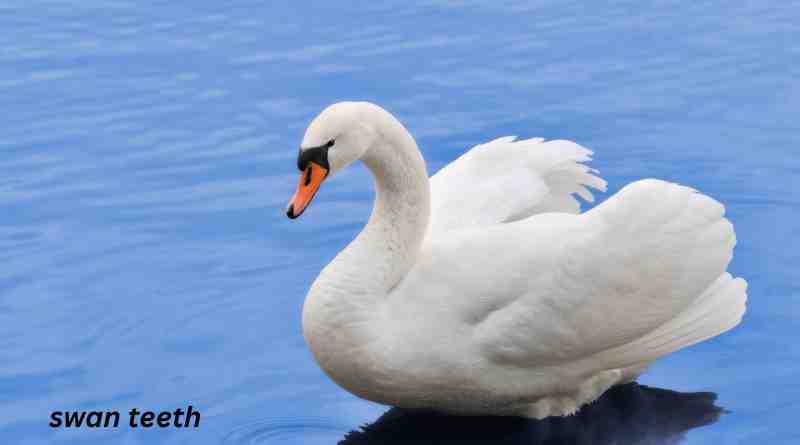

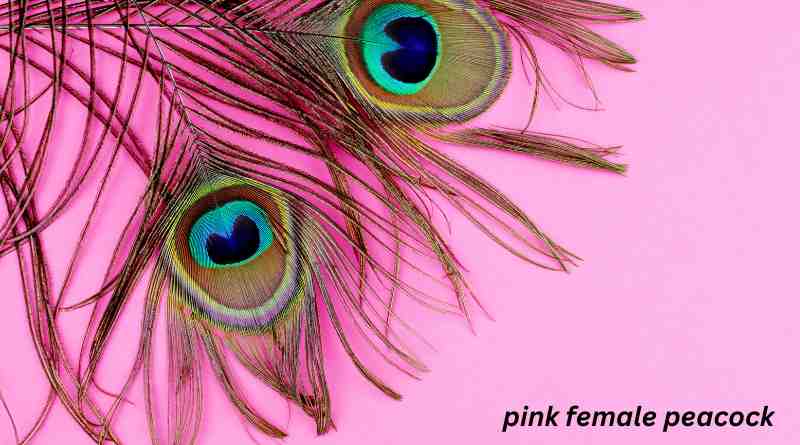
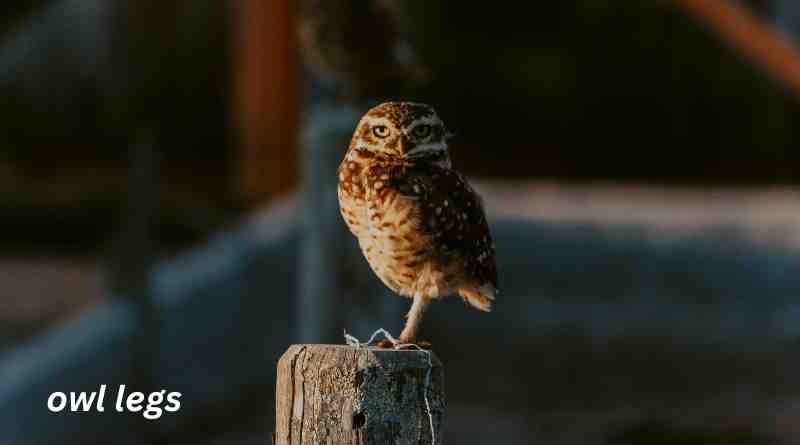



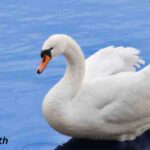
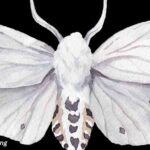
Leave a Reply